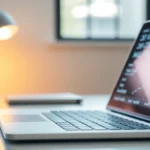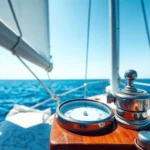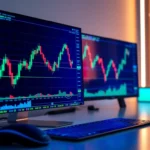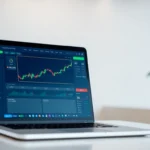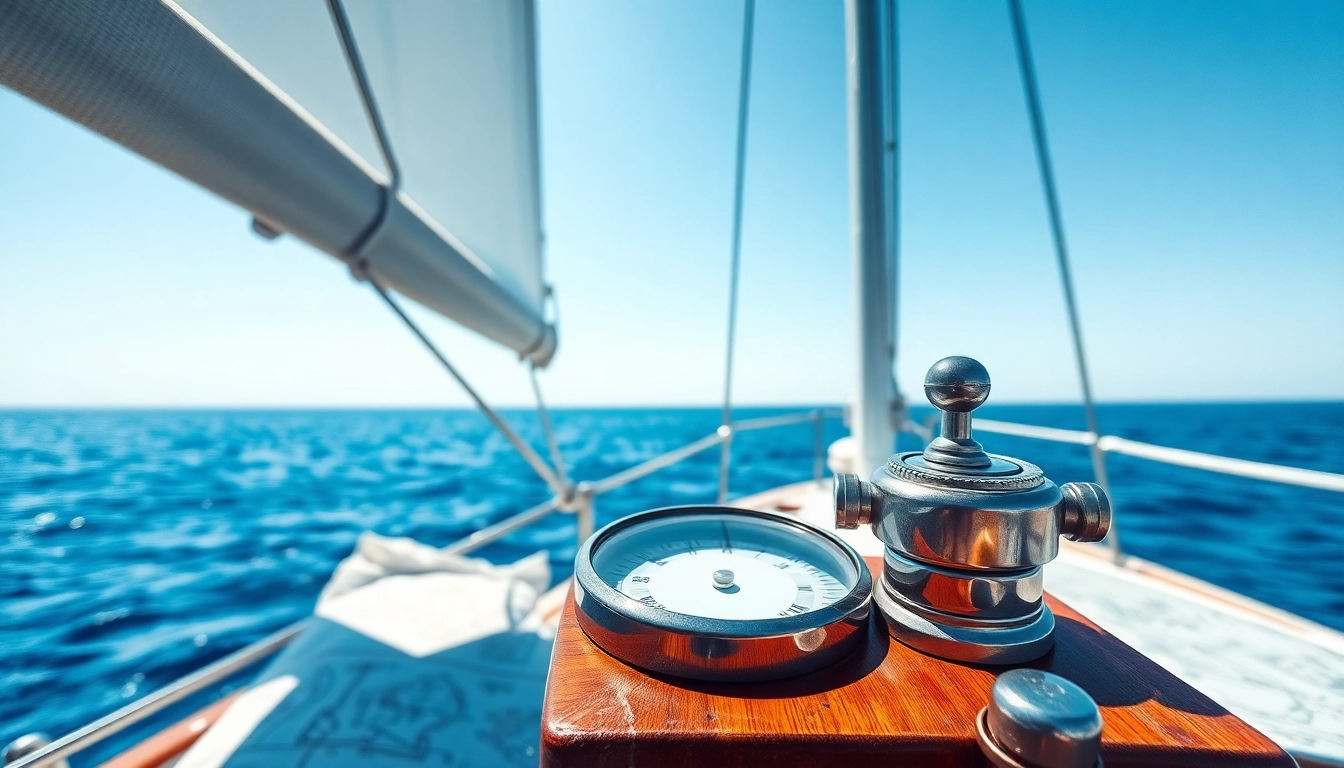Fundamentals of Boat Sails and Their Significance in Navigation
Understanding the intricacies of Boots Versegelung is crucial for effective maritime navigation. The term encompasses the entire system of sails, rigging, and techniques used to harness wind power for movement across water. Proper sail setup not only impacts the boat’s speed but also its maneuverability, stability, and safety. Historically, sailors relied heavily on their knowledge of wind patterns, sail trim, and rigging configurations to optimize performance and ensure a safe passage. Today, modern sailors benefit from advanced instrumentation that complements traditional skills, but the core principles remain vital. A well-versed understanding of sails’ role extends beyond propulsion to include navigation, especially when dealing with adverse weather, tight anchorage, or unexpected changes in wind direction.
Accurate navigation on the water depends on a combination of precise sail handling and navigation methods such as terrestrial navigation, electronic aids, and visual cues. Effective sail management ensures the vessel maintains its correct course while minimizing risks associated with overpowered conditions or equipment failure. Ensuring your crew understands the fundamentals of sail trimming, reefing, and knotting techniques significantly enhances safety and efficiency during your voyage. Solid knowledge of these elements forms the backbone of competent seamanship and directly influences navigation success.
Steps to Achieve Precise Boat Sailing and Navigation
Correct Execution of Bearings and Angle Measurements
Achieving accurate navigation begins with mastering the art of setting bearings and measuring angles. Using simple tools such as compasses, protractors, and sighting devices enables sailors to determine the relative position of fixed objects like landmarks, navigation buoys, or other vessels. When conducting a bearing, the crew ensures the instrument aligns precisely with the target, recording the degree relative to the boat’s heading. This data is vital for plotting on charts and calculating your position relative to known reference points. Regular practice in taking consistent, accurate bearings reduces positional errors and increases route confidence.
Applying Terrestrial Navigation Techniques
Terrestrial navigation involves using natural and man-made landmarks, environmental cues, and precise measurements to determine your location. Typical techniques include visual triangulation, where sightings of at least two known points help fix the position, and dead reckoning, which accounts for course and speed over time. Modern navigators integrate these with electronic systems for redundancy. Implementing effective terrestrial navigation requires understanding local topography, tides, and current influences. Regularly updating your position based on sightings and calculations ensures your vessel remains on course even if electronic devices fail.
Avoiding Errors and Enhancing Accuracy
In navigation, errors can stem from instrument misalignment, environmental interference, or misinterpretation of data. To minimize inaccuracies, sailors should calibrate their instruments regularly, use consistent methods, and cross-verify data when possible. For example, comparing compass bearings with celestial observations or landmarks can reveal potential deviations. Additionally, accounting for magnetic variation and local currents prevents divergence from the intended route. Training your crew in meticulous observation and calculation techniques is essential for reliable, high-precision navigation.
Innovative Equipment and Technology for Modern Boat Sails
High-Precision Sighting Devices and Charting Software
Advancements in technology have revolutionized sail navigation. Digital charting software like Navionics or OpenCPN allows real-time plotting, route optimization, and integration of GPS data. High-precision sighting devices, including digital compasses and laser rangefinders, enhance accuracy in bearing and distance measurements. These tools help to refine traditional techniques, providing a comprehensive situational awareness that is essential for complex navigation scenarios, such as tight harbors or challenging weather conditions.
Digital Versus Traditional Navigation Methods
While electronic tools provide speed and precision, traditional methods retain importance as reliable backup systems. Visual navigation with landmarks, celestial observations, and manual angle measurement continue to be taught for robustness and independence from power sources. Integrating both approaches creates a resilient navigation strategy. Modern sailors often employ a hybrid system—using GPS and chart plotters alongside manual bearings and celestial navigation—to ensure safety and accuracy under all circumstances.
Maintaining and Calibrating Navigational Instruments
Maximizing instrument performance requires routine calibration and maintenance. Magnetic compasses should be checked against known references regularly, and electronic devices should undergo software updates and functional tests before trips. Maintaining a log of calibrations aids in detecting gradual deviations. Proper storage, environmental protection, and regular inspections extend the lifespan and reliability of navigation equipment, thus safeguarding your vessel’s positional accuracy during critical operations.
Practical Examples and Case Studies
Navigating Under Challenging Conditions
Consider a scenario where visibility is poor due to fog or stormy weather. In such cases, relying solely on visual cues is impossible. Employing a combination of radar, AIS, and dead reckoning based on previous bearings can maintain course until conditions improve. For example, a vessel navigating through fog used radar to identify the shoreline and adjusted its bearings based on updated measurements, successfully reaching the harbor without incident.
Common Errors in Boat Sails and How to Avoid Them
One prevalent mistake is misreading compass deviations, especially in magnetic areas, leading to course deviations. To prevent this, regular declination adjustments are essential. Additionally, improper sail trim can cause unintended drift or oversteering, which can be mitigated through crew training and regular sail inspections. A structured approach to routine checks and calibrations ensures the navigational system remains reliable, reducing the likelihood of accidents.
Advice for Novice and Experienced Navigators
Beginners should focus on mastering basic celestial navigation, chart reading, and compass use to build a solid foundational skill set. Experience sailors can benefit from integrating electronic navigation tools with traditional methods, emphasizing redundancy. Continuous training, scenario-based drills, and staying updated on technological innovations improve navigational proficiency across all skill levels.
Enhancing Performance and Ensuring Safety on the High Seas
State-of-the-Art Technologies for Navigational Safety
Modern devices such as gyrocompasses, autoidentification systems (AIS), and onboard weather forecasting enhance situational awareness and decision-making capabilities. Integrating these with sensor-driven data analytics allows for predictive adjustments and early warning systems, critical for avoiding hazards. For example, accurate wind and weather data help in optimized sail trim and route planning, preventing fatigue and improving safety margins.
Regular Training and Continuous Education
Consistent practice is key to retaining navigational skills. Regular drills for bearing taking, chart plotting, and emergency scenarios prepare crews for unexpected events. Attending certified navigation courses and workshops deepens technical understanding and adapts crews to new tools and methods, ensuring high competence levels for both routine and complex voyages.
Assessing Weather Conditions Effectively
Accurate weather assessments are vital for safe navigation. Using weather forecasts, onboard sensors, and marine weather apps enables real-time decision-making. Recognizing signs of changing conditions—such as wind shifts, cloud formations, or barometric pressure drops—allows for proactive adjustments in sail configuration and course alterations. Properly evaluating these factors reduces risks like capsizing, grounding, or unexpected storms.
